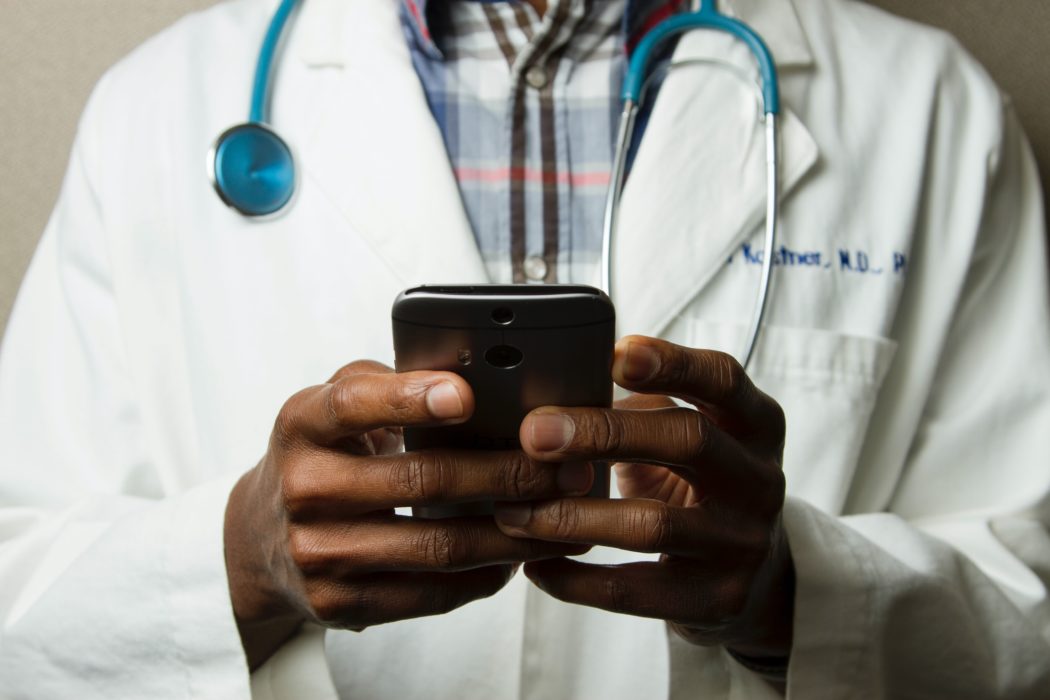Prioritizing access to broadband can lead to improved telehealth adoption
To effectively provide telehealth services where they are needed most, broadband deployment must remain a priority. Without it, post-pandemic telehealth services have the potential to fall back to serving as nonessential.
The COVID-19 pandemic has pushed more than 60% of health care providers to engage in telehealth services — and patients are taking advantage of it.
In a recent Vermont survey, 75% of respondents reported using the internet for telehealth visits. Prior to March 2020, that figure stood at just 19%. Telehealth services remove the need for travel and reduce appointment times. With these benefits, patients can engage with their health care more routinely.
What providers have learned
However, telehealth options face persistent challenges. In the same Vermont survey, 40% of respondents encountered technical difficulties when trying to access a telehealth session. For providers, appointment efficacy is limited by broadband issues and technical literacy among patients, which leads to longer appointment times and frustration.
Vermont’s findings offer an example of what the rest of the country faces when implementing telehealth technology in nonurban settings: Without reliable internet access, patients aren’t able to use the digital tools meant to increase accessibility. As a result, telehealth options remain underutilized. Prioritizing broadband deployment in areas similar to Vermont would boost telehealth adoption and aid in the efforts to combat the health disparity in rural America.
In recent years, the American Medical Informatics Association and other advocates have been vocal about the digital divide’s impact on rural health, naming "access to broadband" a social determinant of health.
Rural areas stand to benefit
Telehealth services and technology offer a way to connect these underserved, remote communities to much-needed health resources. Comprising 20% of the U.S. population, rural America consistently sees higher rates than urban areas for chronic issues, heart disease, and mental health. This disparity is due in part to a shortage of providers in rural areas, an issue that telehealth services can remedy significantly due to their effectiveness in dealing with the health concerns rural populations struggle with most.
While the COVID-19 pandemic has drastically increased telehealth usage, broadband service continues to be an obstacle for long-term telehealth adoption. In recent years, the American Medical Informatics Association and other advocates have been vocal about the digital divide’s impact on rural health, naming “access to broadband” a social determinant of health.
Telehealth video services require bandwidths of at least 25/3 Mbps to be able to conduct an appointment with a provider. Video appointments are necessary to provide an appropriate assessment for the majority of such services, leaving those with limited internet access with no way to participate.
Everything hinges on broadband deployment
To effectively provide telehealth services where they are needed most, broadband deployment must remain a priority. Without it, post-pandemic telehealth services have the potential to fall back to serving as a nonessential benefit of convenience for those in urban areas instead of a driver to improved health outcomes in underserved communities.
While not the only determinant to improve telehealth adoption, access to broadband will amplify the effect of health care progress, such as increased adoption by providers and patients, and expanded reimbursement policy. Patients and providers will be able to communicate over a secure, safe connection more frequently and easily. Ultimately, it has the potential for rural patients to play a more active role in their health care, which is shown to lead to improved overall health outcomes.
Stay connected
At the Center on Rural Innovation, we are working with rural communities across the country to improve broadband availability. To learn more about our work in this space, be sure to check out our blog and sign up for our newsletter.
